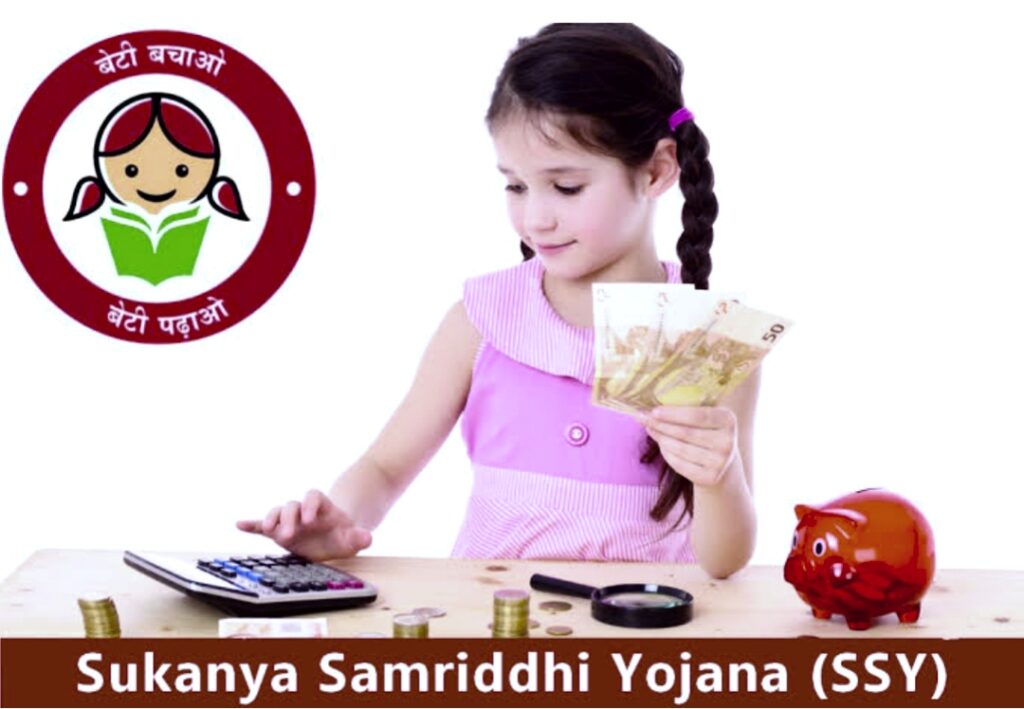Parents or guardians can open an Sukanya Samriddhi Account for their girl child from birth until she turns 10 years old, at any designated post offices or commercial bank branches.
The Sukanya Samriddhi Yojana (SSY) is a flagship government initiative designed to empower and secure the future of girl children in India. Launched on 22nd January 2015 under the Beti Bachao, Beti Padhao Campaign by Prime Minister Narendra Modi, this savings scheme serves as a beacon of hope for millions of families. Marking its 10th anniversary on 22nd January 2025, the scheme has successfully encouraged families to invest in their daughters’ futures, promoting education and financial stability while fostering a culture of inclusion and progress.
With over 4.1 crore Sukanya Samriddhi accounts opened as of November 2024, the program has transformed into a movement symbolizing equality and empowerment. By prioritizing education and financial independence for girls, SSY reinforces the belief that empowering one girl contributes to building a stronger society.
How Does Sukanya Samriddhi Yojana Work?
- Eligibility and Account Opening
Parents or guardians can open an SSY account for their girl child from birth until she turns 10 years old. The child must be an Indian resident at the time of account opening and throughout its tenure. Each girl is eligible for only one account, with a maximum of two accounts allowed per family. In the case of twins or triplets, exceptions are made. The account can be opened at designated post offices or commercial bank branches with the following documents:
- Sukanya Samriddhi Account Opening Form
- Birth Certificate of the girl child
- Identity Proof (as per RBI KYC guidelines)
- Address Proof (as per RBI KYC guidelines)
- Minimum and Maximum Deposits
- The account can be started with a minimum deposit of ₹250, and additional deposits can be made in multiples of ₹50.
- A minimum deposit of ₹250 per financial year is mandatory, while the maximum annual limit is capped at ₹1,50,000.
- Deposits can be made for 15 years from the date of account opening.
- Interest Rates and Calculation
The scheme offers an attractive interest rate, which is calculated monthly based on the lowest balance in the account between the 5th day and the end of the month. The accrued interest is credited at the end of each financial year, ensuring consistent growth of savings.
- Account Management and Control
The account is managed by the guardian until the girl turns 18 years old. At this point, she gains full control over the account by submitting the required documents. This ensures responsible use of funds for education or other significant needs.
- Maturity and Early Closure
- The account matures after 21 years from the date of opening.
- Early closure is permitted for the account holder’s marriage, provided she is at least 18 years old. This closure can only be done one month prior to or within three months after the marriage.
- Withdrawal for Education
The account holder can withdraw up to 50% of the balance at the end of the preceding financial year for educational purposes after turning 18 years old or completing the 10th standard. Withdrawals are permitted as a lump sum or in installments over five years, depending on the actual financial requirements.
- Premature Closure
Premature closure is allowed under certain conditions, such as:
- The death of the account holder (balance and interest will be paid to the guardian).
- Extreme compassionate grounds like life-threatening medical conditions or the guardian’s death. However, premature closures are not allowed within the first five years of the account.
Tax Benefits Under Sukanya Samriddhi Yojana
The SSY scheme offers triple tax exemptions under the Income Tax Act:
- Investments up to ₹1.5 lakh per year are tax-deductible u/s. 80C
- Interest earned on the account is tax-free.
- The maturity amount is also fully tax-exempt.
Conclusion
The Sukanya Samriddhi Yojana is more than just a savings scheme; it is a transformative step towards creating a society where every girl has the opportunity to thrive. By fostering financial discipline and prioritizing education, the scheme has empowered millions of families to invest in their daughters’ futures. The rising number of accounts opened underlines its growing acceptance and impact.
As India continues its journey toward gender equity and inclusion, the Sukanya Samriddhi Yojana remains a cornerstone of empowerment, ensuring every girl child can dream, achieve, and contribute to a brighter tomorrow.
Also Read: Supreme Court Quashes Disproportionate Assets Case, Advocates Dynamic Financial Review
Supreme Court Urges RBI to Standardize Title Reports for Property Loans
READ MORE

